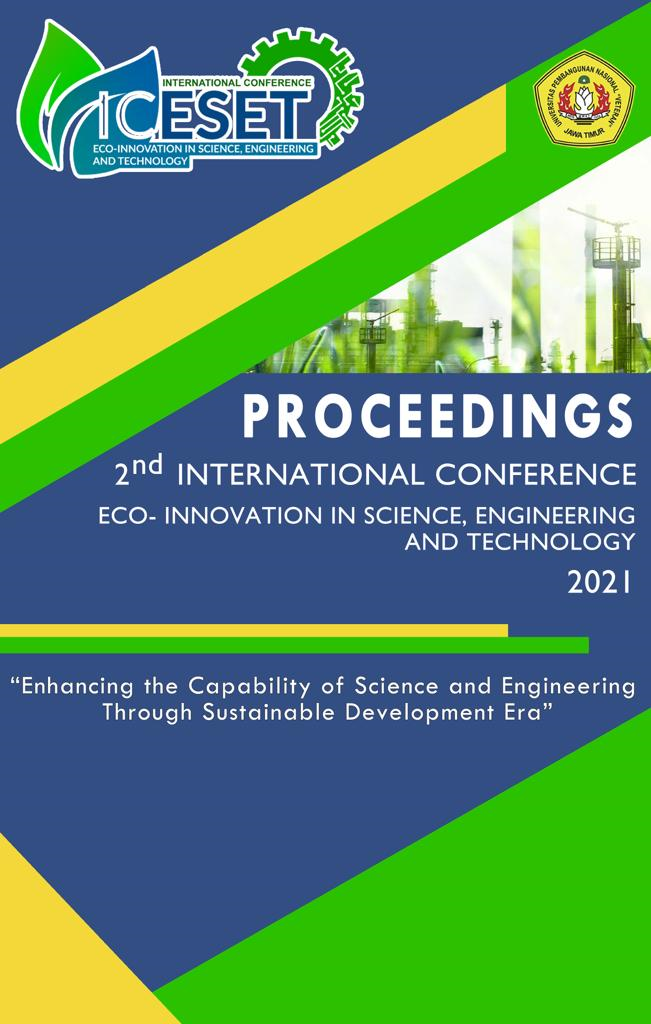Quantum Stirling Engine with Multiple States in One Dimensional Potential Well
DOI:
https://doi.org/10.11594/nstp.2021.1452Keywords:
Stirling-engine, quantum stirling-engine, isothermal process, isochoric processAbstract
The quantum analogy for of ideal Stirling engine in one dimensional potential well has been explored. It contains single particles with multiple quantum states which is a superposition of many states. The volume in the classical engine is replaced by the length or width of the well. As in the classical one, the quantum Stirling engine consists of two isothermal processes and two isobaric processes. In the analogy of isobaric processes is constant width. The isothermal processes in the quantum engine here are defined by the constant internal energy of particles. Energy conservation is used to calculate the efficiency and work in each process. We found that the efficiency of the quantum Stirling engine has similarities with the classical Stirling engine.
Downloads
Downloads
Published
Conference Proceedings Volume
Section
License
Copyright (c) 2021 Nailul Hasan

This work is licensed under a Creative Commons Attribution 4.0 International License.
Authors who publish with this proceedings agree to the following terms:
Authors retain copyright and grant the Nusantara Science and Technology Proceedings right of first publication with the work simultaneously licensed under a Creative Commons Attribution License that allows others to share the work with an acknowledgement of the work's authorship and initial publication in this proceeding.
Authors are able to enter into separate, additional contractual arrangements for the non-exclusive distribution of the proceedings published version of the work (e.g., post it to an institutional repository or publish it in a book), with an acknowledgement of its initial publication in this proceeding.
Authors are permitted and encouraged to post their work online (e.g., in institutional repositories or on their website) prior to and during the submission process, as it can lead to productive exchanges, as well as earlier and greater citation of published work (See the Effect of Open Access).














